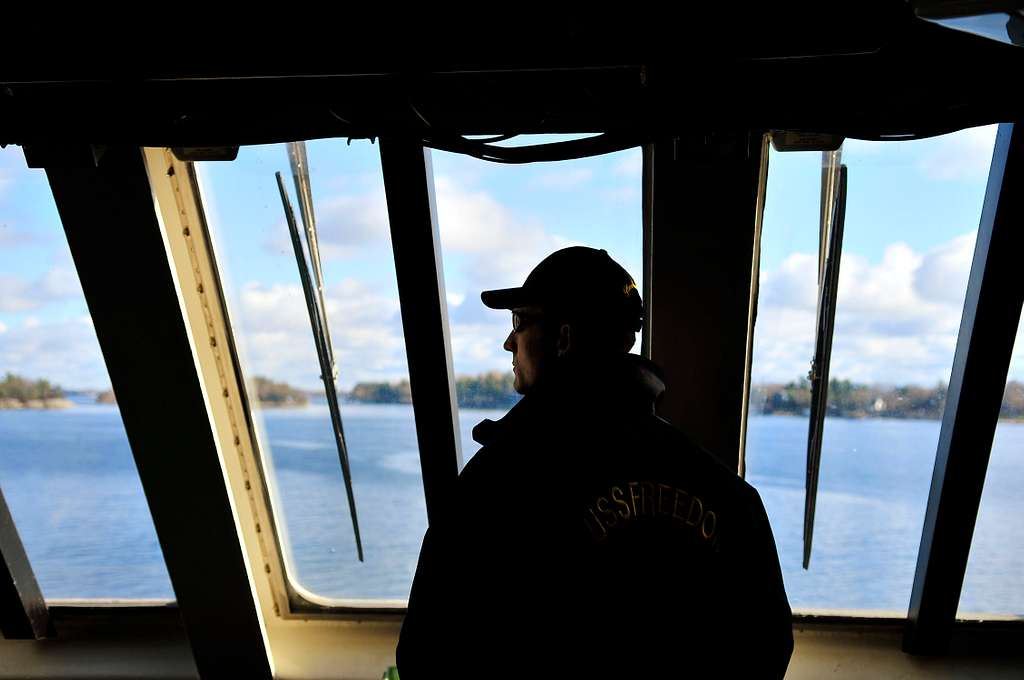As 2022 comes to an end, I’ve made it a habit to reflect on the events of the past year that affect or may alter my professional career. As a physician working in the emergency room and a medical director in the executive protection industry, I look back at some of the trials and tribulations we’ve faced. In this article, I’ll discuss some unfortunate events and how they relate to the medical advance.
On one bright note, as the COVID-19 pandemic enters its fourth year, the era of pandemic restrictions is coming to an end, and we are starting to go back to a more normal life.
In my professional career in the EP industry, I’ve used this past year to discuss the need for more thorough medical training in our branche. In other words, I’ve:
- Authored articles,
- Received invitations to numerous podcasts,
- Consulted with many corporations and private family offices, and
- Had many thought-provoking conversations with industry leaders on the topic.
Sentinel Events
An event that stood out to me in 2022 was the assassination of Japan’s former Prime Minister, Shinzo Abe, on July 8. This sentinel event highlighted the need for more medical training, advanced medical providers, and a thorough medical advance in the EP industry.
Per the article published by Reuters’ Ju-min Park and Satoshi Sugiyama on July 18, “With Japan’s ex-PM Abe pale and lifeless, a doctor at the scene prayed for a miracle.”
Many have heard about the events of that day, but there are some concerns about the preparedness and initial medical treatment for the former prime minister. Although early proper medical treatment may not have changed the outcome of Mr. Abe’s demise due to the wound pattern, it would have at least given him a better chance at survival.
Most people have seen the video of the PM being gunned down. Still, many in the industry are unaware of the lack of medical preparedness and medical care provided by the protective security detail. Per the article, the former PM was shot and had chest and neck wounds with massive blood loss.
What Happened?
Firstly, no medical personnel was on hand. Thus, a local doctor in town and his nurse were summoned to provide medical care. Abe’s entourage handed them an AED. But when they went to use it, it didn’t turn on. So the doctor and nurse from the clinic were the first to perform CPR, which the protective detail hadn’t started.
Secondly, no ambulance was staged, and the ambulance that transported Shinzo Abe took 11 minutes to arrive on the scene. This caused an unnecessary delay in transport to a hospital that could have provided definitive care.
I hesitate to Monday-morning-quarterback these types of unfortunate events. Yet, there are a few learning points we can take away from this tragedy to better prepare us to prevent a similar tragedy.
In a nutshell, here are problems that should have been accounted for if an adequate medical advance had been done:
- Lack of preparedness of security personnel,
- Carrying malfunctioning equipment,
- Absence of medical personnel on site for such a high-profile political figure, and
- Lack of medical transport vehicles on standby.
Improving Services for the Future
I firmly believe that a medical advance should be done for any significant movement or travel with a client. It should be separate from but integrated with the typical security advance.
It can be very basic or detailed based on the type and location of movement or travel. I covered this in full in a previous article published on EP Wired. But listed is a synopsis of the three assessments that should be done in each medical advance:
- Client medical assessment — patients’ medical problems.
- Medical threat assessment — clients’ most likely medical condition or injury that will most likely occur.
- Medical advance — assessment of medical needs and assets during travel.
In my opinion, every security personnel should have baseline training in BLS/CPR/AED and TECC or TCCC-type hemorrhage control with continuing education to keep their skillset up to par.
As security practitioners, we rarely — if ever — are tasked to perform medical care. Therefore, it’s imperative not to overlook continuing education after the initial training. In turn, this helps prevent the degradation of this perishable skill set.
Not all security personnel need to have advanced medical training. Nevertheless, there may be a select few in every organization that already have the training or are more adept and willing to undergo and maintain that training.
If you don’t have that personnel in your organization, there are many men and women who are former EMS, military, or law enforcement who have high-level medical training such as:
- EMS medics,
- SWAT medics,
- Corpsman,
- Pararescue,
- 18 Deltas, and
- Other specialists who can be trained and integrated into security and EP teams.
Final Thoughts
As 2022 comes to an end, we as an industry need to ponder the teachings of the past. Additionally, we must integrate them into our training and personnel recruitment plan as we start the new year.
Looking to the future — and as the security industry becomes more adept at providing good trauma field care — we should also focus on delivering medical care for nontraumatic medical emergencies such as:
- Asthma exacerbations,
- Chest pain,
- Abdominal pain, and
- Shortness of breath.
Finally, I’ve witnessed an increased acceptance of integrating advanced medical into security details. In fact, I look forward to what the future holds for us as an industry.



